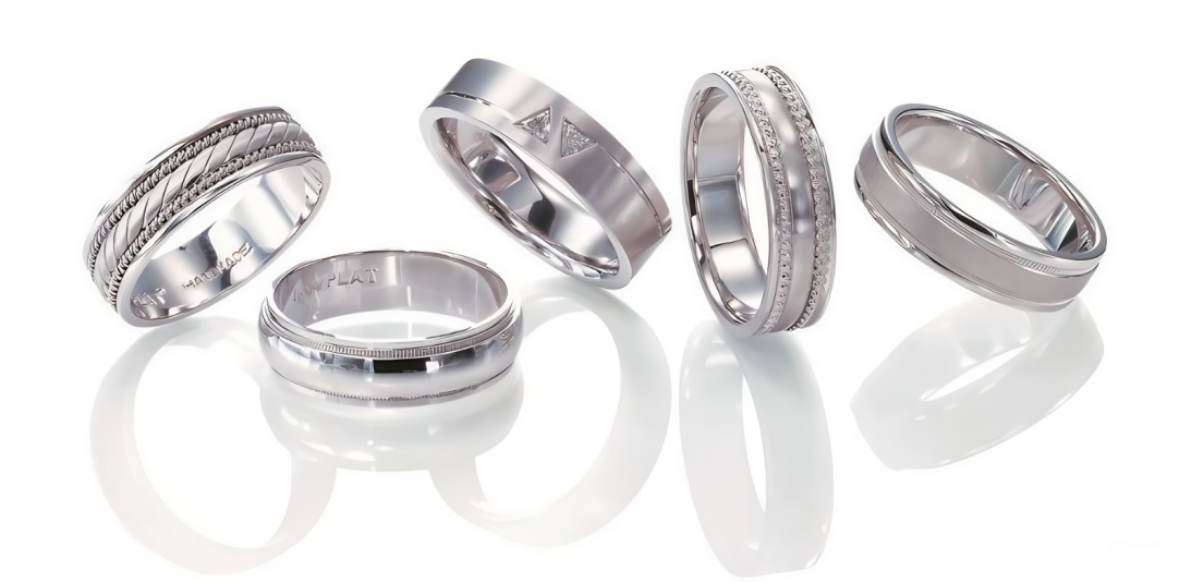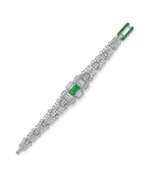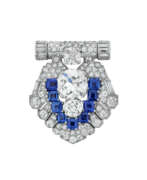Platinum

Platinum
Platinum, a rare and precious metal, has played a significant role in the art world, especially in photography. Renowned for its stability and unique aesthetic properties, platinum prints, or platinotypes, were pioneered by British inventor William Willis Jr. in 1873. This process involves using platinum salts and light-sensitive iron salts to create images with a wide tonal range and a distinctive matte finish.
One of the main reasons platinum prints gained popularity was their exceptional permanence and resistance to fading, unlike other photographic processes. This quality made them highly valued among photographers and collectors. Platinum prints were notably embraced by the Pictorialist movement in the late 19th and early 20th centuries, which sought to elevate photography to the level of fine art by emphasizing the artist's hand in the creation process. Artists like Alfred Stieglitz and Edward Steichen used platinum printing to produce images with rich textures and deep blacks, often enhancing their works with additional pigments to mimic the qualities of paintings.
The use of platinum in art extends beyond photography. In jewelry, platinum has been prized since the 19th century for its durability and ability to hold gemstones securely, leading to intricate and lightweight designs. Despite its high cost, platinum remains a preferred metal for creating timeless and elegant pieces.
For collectors and art enthusiasts, platinum prints and platinum jewelry represent the convergence of durability and beauty. To stay informed about new pieces and upcoming auctions related to platinum art, consider subscribing to our updates. Our alerts will keep you notified about the latest products and events in this exclusive niche.
| Country: | Africa, Asia, Europe, South America |
|---|---|
| Start of the period: | 1550 BC |















